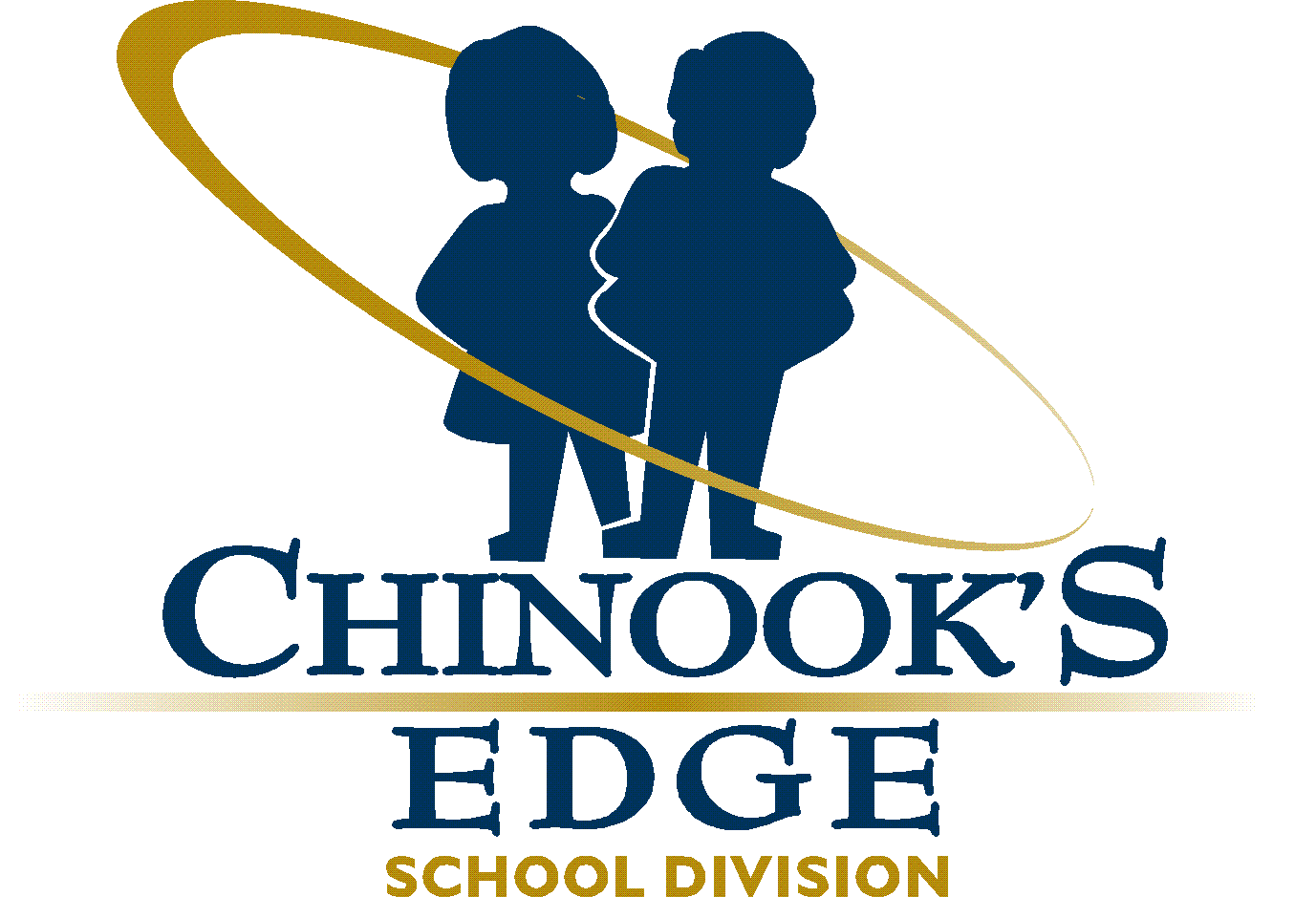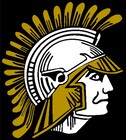Physical Education
The aim of the Physical Education Program is to enable individuals to develop the knowledge, skills, and attitudes necessary to lead an active, healthy lifestyle. The program emphasizes active living, with a focus on physical activity that is valued and integrated into daily life. Successful completion of Physical Education 10 is required to obtain a high school diploma.
Strong evidence exists that physical activity contributes to the overall well being of individuals. People of all ages can substantially improve their health and quality of life by including a moderate amount of physical activity into their daily routines. Participation in physical activity contributes to physical, mental and social well-being providing benefits to the individual and the community.
Electives
 Fine Arts
Fine Arts
Music - We offer credited courses in the following areas: Band 9, Band 10, Band 20, Band 30, Choir 10, Choir 20, Choir 30, Jazz band 15, Jazz Band 25, Jazz Band 35, Guitar 10, Guitar 20, Guitar 30. We do not offer any beginner band classes; students who enter Band 9 require a minimum of 3 years band prior to entry into the class.
Art
Ceramics
Cosmetology 
Drama
Stained Glass
Career and Technology Studies (Digital Technologies)
Career and Technology Studies (Construction)
Career and Technology (Fashion)
Career and Technology Studies (Foods)
- CTS Foods is a very practical, hands-on course that allows students to explore the world of foods and their preparation and nutrition. Each level of Foods, 10, 20 and 30 are 5 credits.
Second Languages (French and Spanish)




 Fine Arts
Fine Arts
